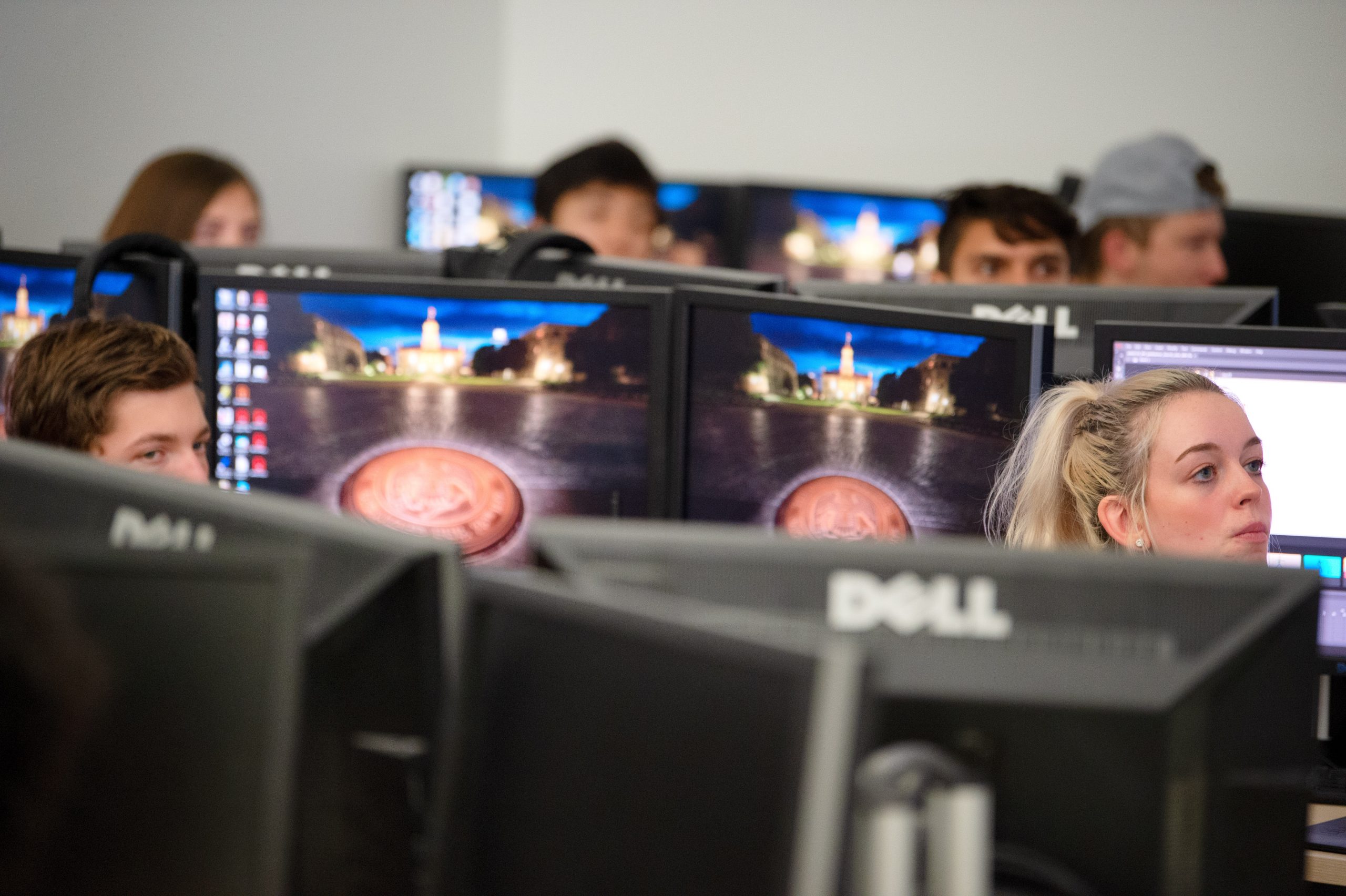12 Technology and accessibility

We encourage you to carefully consider the use of technology in your courses. Using the process of backward design by first considering your learning objectives can help you to purposefully incorporate technology into your teaching. For learners with accommodations and disabilities, technology can be a helpful tool promoting accessibility or an additional barrier to their learning. Screen readers can advance a student’s learning experience; however, some active learning tools should be used mindfully based on accessibility standards. Learning technologies can help create opportunities for synchronous and asynchronous student participation. The UI supports technologies, such as ICON, UDOIT, UICapture, and Top Hat, that can be used in creating successful learning environments. All technologies that are used by students should be checked for security and accessibility prior to implementation and integration into your course. Please visit the The Office of Teaching, Learning, and Technology’s website for a list of tools that the university supports. You can also request a consultation on any of these tools at any time.
It is important to keep in mind that while technology may seem to be used equally by everyone, not everyone has the same access to essential contemporary technologies, such as laptops or broadband internet access. However, lack of access is not the full measure of this challenge.
The ability to access, adapt, and create knowledge using digital technologies is critical to social inclusion. Foregrounding social inclusion shifts the discussion of the “digital divide” from overcoming gaps by providing equipment to addressing social development challenges through the effective integration of technology into institutions, communities, and societies. What is most important is not so much the physical availability of computers and the internet but rather a student’s ability to use them to engage in meaningful social practices and learning experiences.
Some instructors create policies banning the use of laptops or other electronic devices in a classroom, but unfortunately, these policies can increase barriers for learners. Your students might need access to technologies that aid with their learning. For example, students with visual impairments, ADHD, or dyslexia might use laptops for notetaking and accessing assistive tools. International students and ESL learners might use computers to look up a translation of an unfamiliar term or to search for more information about a cultural reference mentioned in class.
Removing the device itself may not result in student engagement and focus. Consider implementing the teaching strategies recommended in the Belonging and Student Engagement section to make your students more actively involved in the learning.
Planning for inclusive and universally designed learning opportunities that use digital technologies can create multiple means of access to learning opportunities that suit any learner’s abilities.

Feedback/Errata